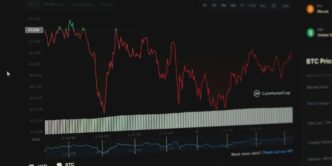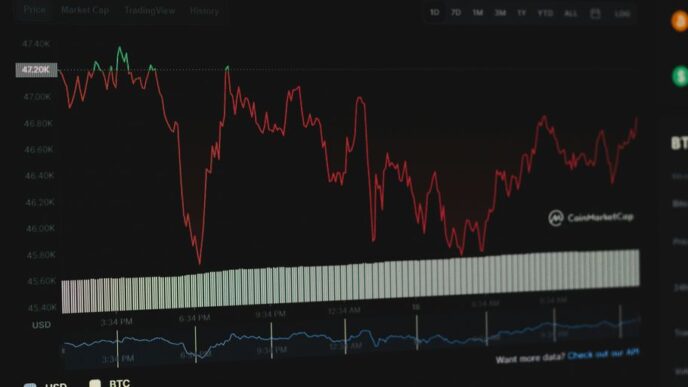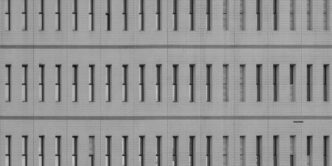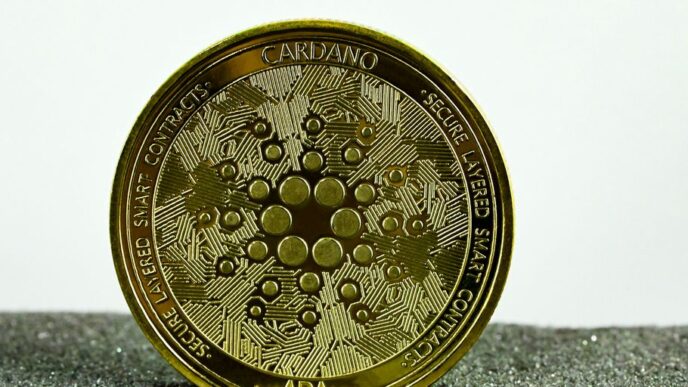Financial Freedom with Ultron Foundation NFTs
Digital assets known as non-fungible tokens (NFTs) signify ownership of items like photos, social media postings, movies, paintings, etc. NFTs are not limited to pictures, paintings, and movies; they also represent the tokenized form of real-world assets like real estate or structures. The value of Ultron Foundations’ non-fungible tokens (NFTs) extends well beyond that of simple digital art like photos or films.
Since 2021, NFTs and the metaverse have seen the greatest vitality trend, with many individuals and businesses publicly proclaiming their intention to expand into these pioneering sectors.
Every day, new NFT ideas emerge, much like Ultron Foundations’ newly launched Ivana NFT, and established companies soon follow suit. An important component of the metaverse economy will be non-fungible tokens, which are digital ownership records kept in the blockchain and allow verifying assets, identities, and other claims to ownership. Each NFT is protected by a unique cryptographic key that cannot be lost, stolen, or compromised. This allows for the secure, distributed verification of one’s virtual identity and digital possessions, which is essential for a successful metaverse society and interacting with other metaverse communities.
The significance of NFTs may not lie solely in the fact that they facilitate the sale of digital artworks for millions of dollars, but rather in the fact that they pave the way for the development of a metaverse economy based on free markets (for goods, services, and ideas), individual ownership, and social contracts.
How to Use NFTs to Generate Passive Income
Throughout 2021, the market for non-fungible tokens (NFTs) had grown to become a sizable segment of the cryptocurrency industry, with over $12.6 billion being spent on NFTs, up from just $162.4 million at the beginning of the year.
Most NFTs are created, bought, and sold on Ethereum; the high gas fees can deter the high cost. Gas for minting a single NFT on Ethereum costs an average of $98.69, while the cost for minting a collection of NFTs averages $900. To recoup their costs, many investors and developers only try to sell their NFTs on secondary markets such as OpenSea. You can profit from NFTs by selling them for more than you initially invested or created them for, but that’s not the only way.
How to use NFTs to generate passive income
- Renting out Your NFTs
Renting out your NFTs, especially ones that are in high demand, is one method you might generate passive revenue.
Players can also borrow NFT cards in several card trading games to increase their odds of winning. As anticipated, smart contracts govern the terms of the agreement between the two parties. As a result, NFT users typically have the discretion to choose the length of the leasing agreement and the NFT’s lease fee.
Ultron Foundation is a prime illustration of a platform that enables users to rent or lend NFTs. This allows creditors to determine maximum loan terms and daily interest rates, ranging from about $0.002 to $2.00 worth of wrapped Ethereum (ETH) per day. Regarding the cryptocurrency standard ERC-20, “ether,” Ethereum’s native token, represents the symbol WETH (ETH).
- Royalties for NFT
Because of the technology behind NFTs, creators of NFTs can include royalty-charging clauses in selling their creations on the secondary market. Even after collectors have purchased their paintings, the artists might still get residual income.
As a result, they can obtain a steady income from selling the NFTs in question. If the royalty rate is 10%, the original creator will receive $10 every time their virtual artwork is sold to a new owner.
It’s important to remember that developers often specify these predetermined percentages when NFTs are minted. Furthermore, smart contracts, self-executing computer algorithms that uphold contractual commitments, regulate the entire royalty distribution process. Automating the process relieves you, the creator, of the burden of enforcing your royalty terms and keeping tabs on payments.
- Staking Your NFTs
One benefit of combining NFTs with DeFi protocols is the ability to stake NFTs. The term “staking” refers to “locking away” digital assets in a DeFi protocol smart contract to earn a return.
Staking token incentives are often paid out in the native utility token of the platform, which means that although some platforms allow a variety of NFTs, others demand you to acquire native NFTs. In other instances, speakers receive a portion of payouts in governance tokens. These protocols allow token holders to vote on how their ecosystems will change in the future. The ability to reinvest coins gained through staking NFTs into other yield-generating protocols is typically available.
- Ensure Liquidity to Generate NFTs
Due to the growing integration of NFTs and DeFi infrastructures, it is feasible to contribute liquidity and receive NFTs to establish your position in a particular liquidity pool.
When you provide liquidity on Ultron, for instance, the automated market maker (AMM) will issue a token, also known as LP-NFT, which will contain information about your share of the total amount locked in the pool. Additionally, the pool’s address, the symbols of the tokens you inserted, and your address are all etched into the NFT.
Selling this NFT will immediately close your position in the liquidity pools.
- Use NFT to Power Your Farming Yield
NFTs are gradually becoming an integral part of AMMs, allowing users to farm for yields using NFT-powered products. A technique known as “yield farming” uses a variety of DeFi protocols to get the best return from your digital assets.
You can also stake the tokens released as liquidity provider tokens on Ultron on other protocols to earn additional yields or use them as collateral. See it as a way to earn a yield on top of a process that already generates a yield. This opportunity opens up a multi-tiered income-generating approach perfect for yield farmers.
Therefore, before applying any of the above strategies, studying and fully understanding the risks is recommended.
Investing in Non-fungible Tokens and Buying Virtual Property
Virtual Land Ownership
People spend NFTs for digital real estate in Utron Foundation, represented by the LAND token. Instead of a tangible deed, NFTs are used to show who owns what in these virtual environments. Users with adequate land holdings can join them to form a large estate. There are digital highways all across the “land,” making it easy to get there.
Plots near access points or virtual stadiums that guarantee virtual foot traffic tend to gain value as they would in the real world.
Recurring Dividends
NFTs can assist investors in generating passive dividend income in addition to the royalties that creators can receive when their works are bought and sold again on secondary marketplaces. The NFT for the virtual track stipulates that all races held there, including entrance fees for races and yields from “Elite Events,” which require players to stake using astaking hub for entry, are subject to a 5% dividend payment to the track’s owner. They are eligible to get daily incentives for passive digital assets if they own the Staking Hub NFT from Ultron Foundation.
Lending and Renting
People can rent out their NFTs for passive income based on market demand. Through PARSIQ’s IQ Protocol, a decentralized finance (DeFi) network that allows game producers to make money, landowners in the metaverse can do that. The IQ Protocol allows virtual landowners to generate yield and rent fees through specified conditions negotiated with renters and enforced by smart contracts, simulating the dynamics of traditional property and real estate.













